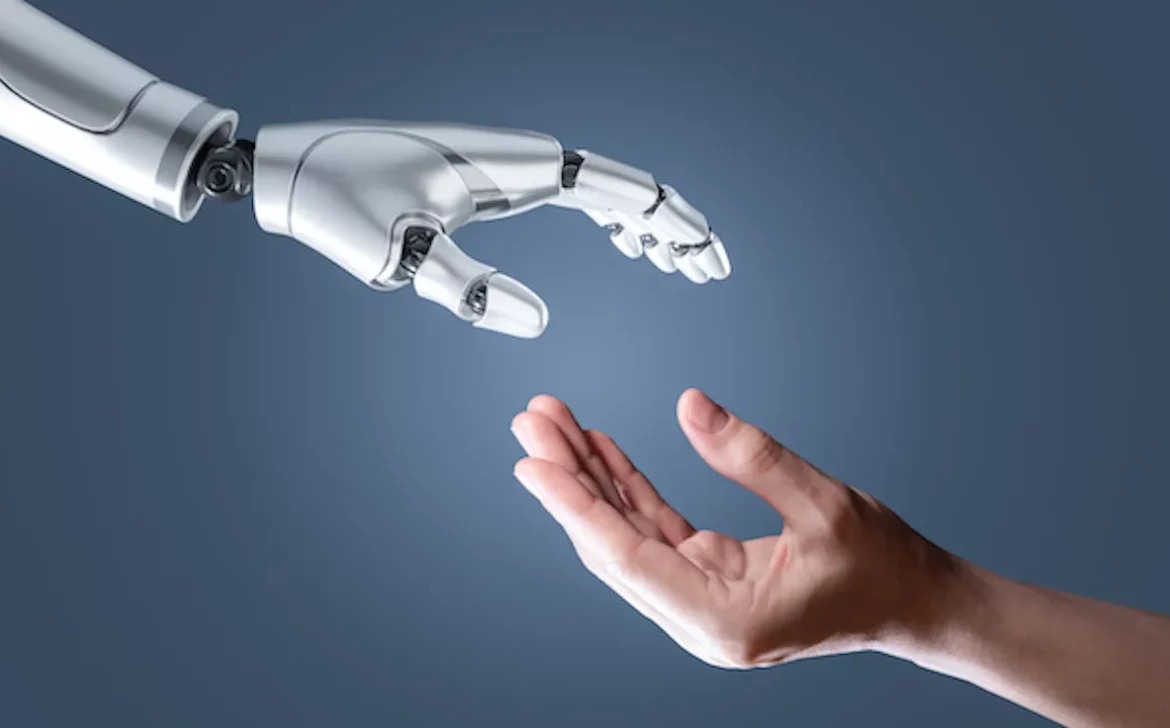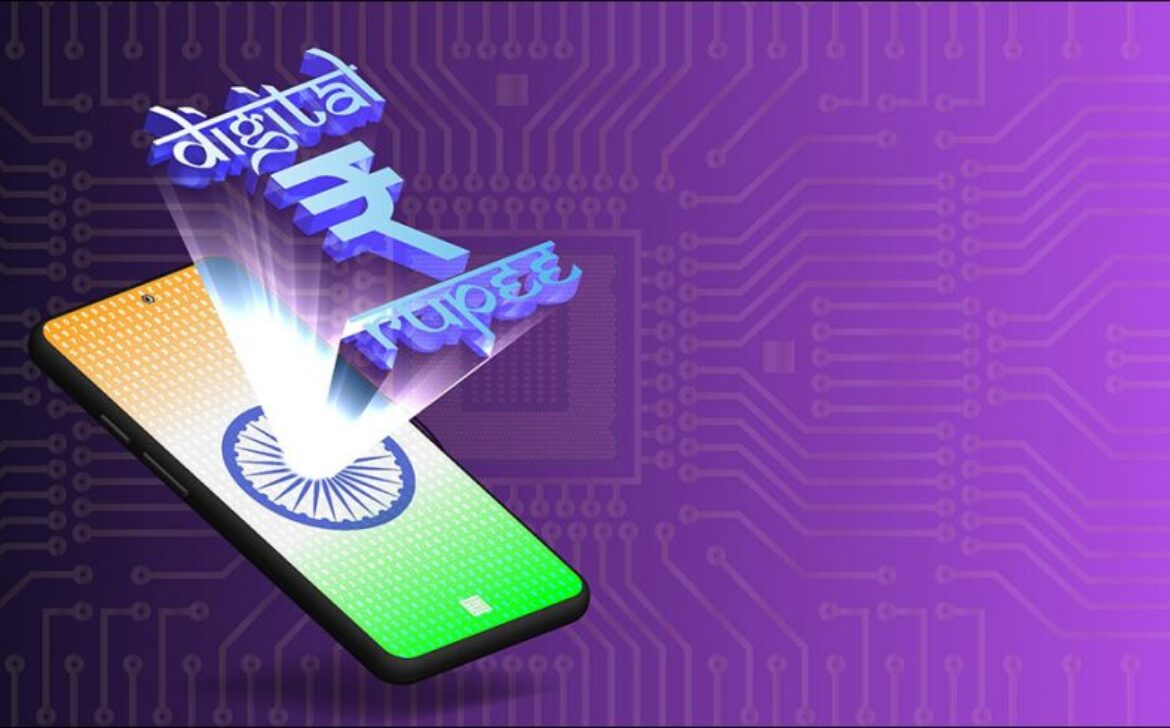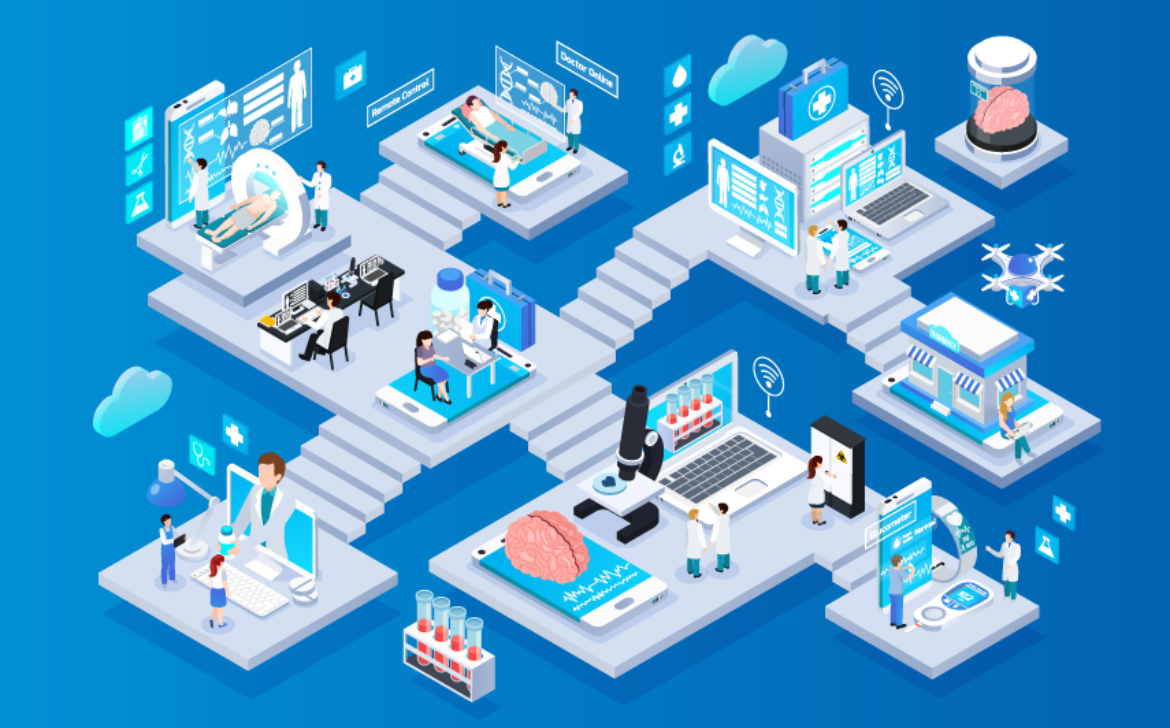The Power of Positive Habits: Forming Routines for a Healthy Life
In our journey towards a healthier and more fulfilling life, the role of positive habits and routines cannot be overstated. These routines are the building blocks that shape our days, allowing us to make consistent progress towards our goals. From physical well-being to mental clarity, positive habits play a pivotal role in transforming our lives for the better.
Introduction
Imagine waking up every morning with a sense of purpose and a plan that sets you on the path to a healthier life. This is the potential that positive habits and routines hold. By intentionally shaping our daily activities, we can create a life that aligns with our wellness goals.
Understanding Habits and Routines
Habits are the small actions that we perform almost automatically due to repetition. Routines, on the other hand, are sequences of these habits that we string together to create a structured daily schedule. When we consciously design our routines, we set the stage for a healthier lifestyle.
The Science Behind Habits
Habits are deeply ingrained in our brain’s neural pathways. The brain seeks efficiency, so when a behavior is repeated often enough, it becomes almost second nature. Understanding this neural process can empower us to replace negative habits with positive ones.
Building a Foundation: Identifying Your Goals
Before crafting your routine, it’s essential to identify your wellness goals. Whether it’s losing weight, reducing stress, or increasing productivity, knowing your objectives will guide your habit formation.
Creating Your Ideal Routine
A successful routine is one that aligns with your goals and suits your lifestyle. Begin by incorporating small, achievable habits that gradually lead to more significant changes. This could range from a morning meditation to a 20-minute workout.
The Role of Consistency
Consistency is the linchpin of habit formation. Research suggests that it takes around 66 days for a new behavior to become automatic. Stay committed and patient as you work towards embedding your positive habits into your routine.
Incorporating Physical Activity
Regular exercise is a cornerstone of a healthy routine. It boosts energy, reduces stress, and improves mood. Find physical activities you enjoy, whether it’s jogging, yoga, or dancing, and weave them into your daily schedule.
Nurturing Mental and Emotional Well-being
A holistic routine encompasses mental and emotional well-being. Incorporate mindfulness practices, journaling, or even therapy sessions to cultivate a positive mindset and manage stress effectively.
The Power of a Balanced Diet
Nutrition plays a vital role in our overall health. Focus on a balanced diet rich in fruits, vegetables, lean proteins, and whole grains. Hydration is equally important, so remember to drink enough water throughout the day.
Prioritizing Sleep for Overall Wellness
Sleep is often underrated, but it’s essential for physical and mental restoration. Aim for 7-9 hours of quality sleep each night to support cognitive function, mood regulation, and overall well-being.
Cultivating Positive Relationships
Human connections contribute significantly to our happiness and well-being. Make time for loved ones, nurture relationships, and surround yourself with people who uplift and inspire you.
Overcoming Challenges and Staying Motivated
Challenges are inevitable, but they’re also opportunities for growth. When setbacks occur, don’t give up. Instead, learn from them and adjust your routine as needed. Stay motivated by reminding yourself of the positive changes you’ve already experienced.
Adapting Your Routine Over Time
As circumstances change, your routine may need adjustments. Be flexible and willing to adapt. Life is dynamic, and your routine should evolve to accommodate new goals and priorities.
Tracking Your Progress
Regularly assess your progress to stay on track. Keep a journal or use apps to monitor your habits and milestones. Celebrate your achievements, no matter how small, as they signify your commitment to positive change.
Conclusion
In today’s fast-paced world, stress is inevitable, but how we respond to it matters. By incorporating a variety of stress management techniques into your routine, you can improve your physical health, emotional well-being, and overall quality of life. Remember that managing stress is a lifelong journey, and finding what works best for you is key to achieving a healthier and happier life.










